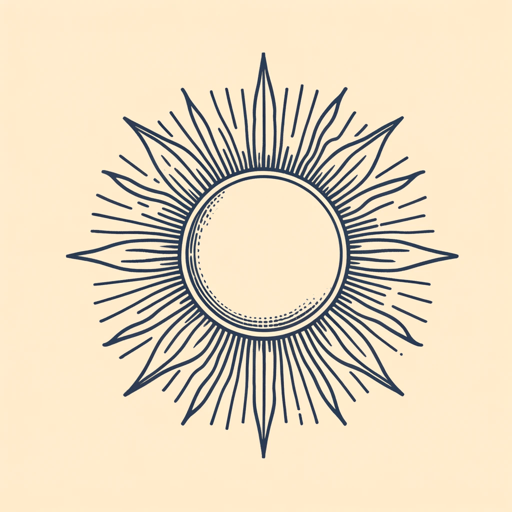53 pages • 1 hour read
Mary Crow DogLakota Woman
Nonfiction | Autobiography / Memoir | Adult | Published in 1990A modern alternative to SparkNotes and CliffsNotes, SuperSummary offers high-quality Study Guides with detailed chapter summaries and analysis of major themes, characters, and more.
Important Quotes
“It took courage and suffering to keep the flame alive, the little spark under the snow.”
(Chapter 1, Page 10)
Throughout their history, the Crow Dog family has accepted punishment and isolation rather than relinquishing their traditions. They’ve continued to perform their ceremonies “[a]ll during the long years when practicing Indian beliefs was forbidden and could be punished with jail” (10). For example, in Chapter 7, Crow Dog describes how Leonard’s parents were forced to leave their Catholic town after performing a peyote ceremony and how their young son died on the journey. This acceptance of risk is not, of course, unique to the Crow Dog family. Though the Sun Dance was outlawed between 1883 and the 1930s, the ceremony “went underground” (253) and was performed every year. The Sioux accept these risks knowingly, keeping the spark alive even when the law threatens to extinguish it.
“[T]he Supreme Court had ordered him to be freed because […] it was no crime for one Indian to kill another.”
(Chapter 1, Page 10)
When the original Crow Dog kills Spotted Tail, he is sent home, not executed. Though the story is an example of his grit and courage—according to legend, he complained to his lawyer that he’d traveled over a hundred miles for nothing—the underlying message is that Native Americans are seen as less than human. They are not protected by law; the courts do not care whether they harm each other. In fact, the American Indian Movement begins gaining traction in response to unpunished murders of Native American men by white men.

